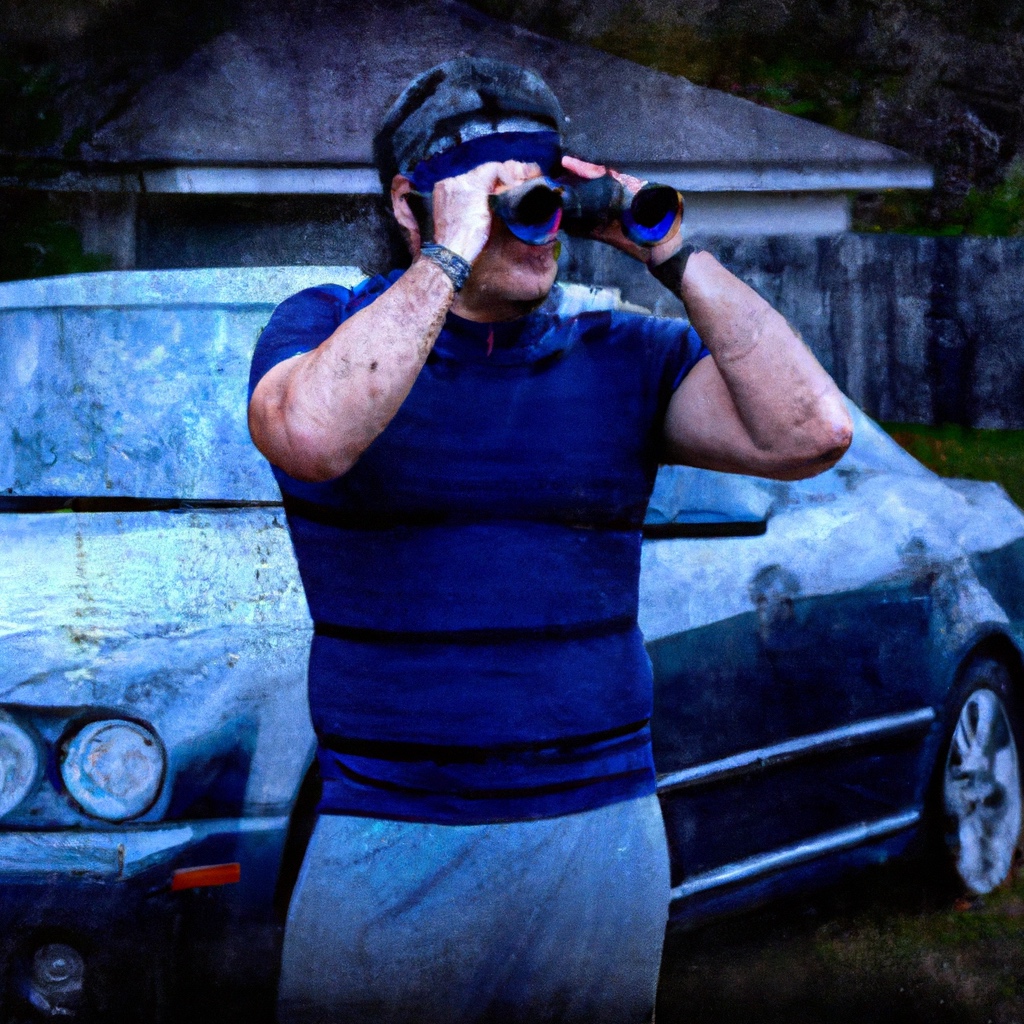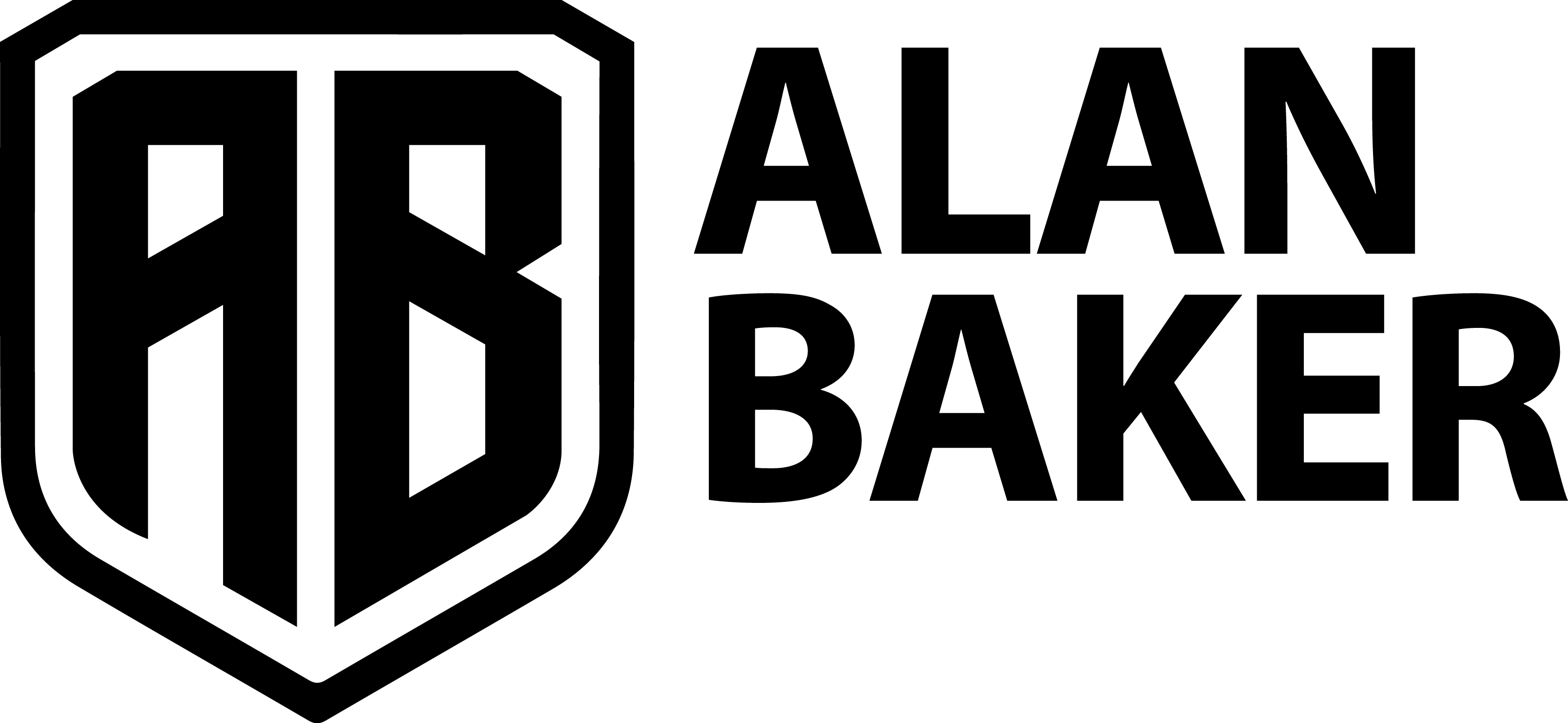
In today’s world, where privacy and security are of utmost importance, it is essential to be aware of potential surveillance activities. Counter-surveillance techniques can help individuals protect themselves and their assets. One crucial aspect of counter-surveillance is understanding the concept of a standoff footprint. This article aims to explain what a standoff footprint is, provide an overview of countersurveillance, and present a list of common elements that constitute a standoff footprint.
Understanding Standoff Footprint:
A standoff footprint refers to the observable signs or indicators that reveal the presence of surveillance or counter-surveillance activities. It encompasses various elements that surveillance operatives or counter-surveillance experts need to consider while conducting or countering surveillance.
What is Counter-Surveillance?
Counter-surveillance involves the proactive measures taken to detect, prevent, or mitigate surveillance activities aimed at gathering information or monitoring individuals, organizations, or locations. It helps individuals safeguard their privacy, personal safety, and sensitive information.
Elements of a Standoff Footprint:
Physical Surveillance: The presence of individuals conducting surveillance, using binoculars, cameras, or other surveillance equipment from a distance.
Vehicle Surveillance: Suspicious vehicles parked nearby or repeatedly circling the area, occupied by individuals who appear to be monitoring or tracking someone or something.
Electronic Surveillance: The use of hidden cameras, listening devices, or tracking devices emitting signals that can be detected with proper equipment.
Anomalous Behaviors: Unusual actions or patterns observed in individuals around the subject or location, such as repeated loitering, frequent changes in appearance, or sudden interest in the target area.
Communication Patterns: Suspicious or peculiar communication activities, such as individuals making frequent phone calls, using radio devices, or engaging in covert communication methods.
Equipment and Gear: The presence of specialized surveillance or counter-surveillance equipment, including cameras, recording devices, binoculars, or other tools that indicate surveillance activity.
Observational Postures: Individuals exhibiting specific postures or behaviors commonly associated with surveillance, such as maintaining a fixed lookout position, observing from concealed locations, or using cover and concealment techniques.
Recognizing and understanding the elements of a standoff footprint is crucial for both surveillance operatives and individuals seeking to protect their privacy and security. By being aware of these indicators, individuals can take appropriate counter-surveillance measures or seek professional assistance when necessary. Remember, vigilance and knowledge are key to safeguarding personal information, assets, and well-being in an increasingly interconnected world. Stay informed, stay secure.
The C-Tac® System is a comprehensive self-defense program that goes beyond traditional martial arts. Get certified to teach our cutting-edge system that emphasizes situational awareness, legal compliance, pre-fight social exchange, reasonable force continuum, integration of firearms with empty hand techniques, practical grappling for real-world scenarios, and defensive tactics in and around vehicles. Gain the knowledge and skills to protect yourself and your family while also receiving training in tactical medicine to handle everyday emergencies.
For more information on the C-Tac® system or how to become an instructor in the program, visit: https://civtaccoach.com

